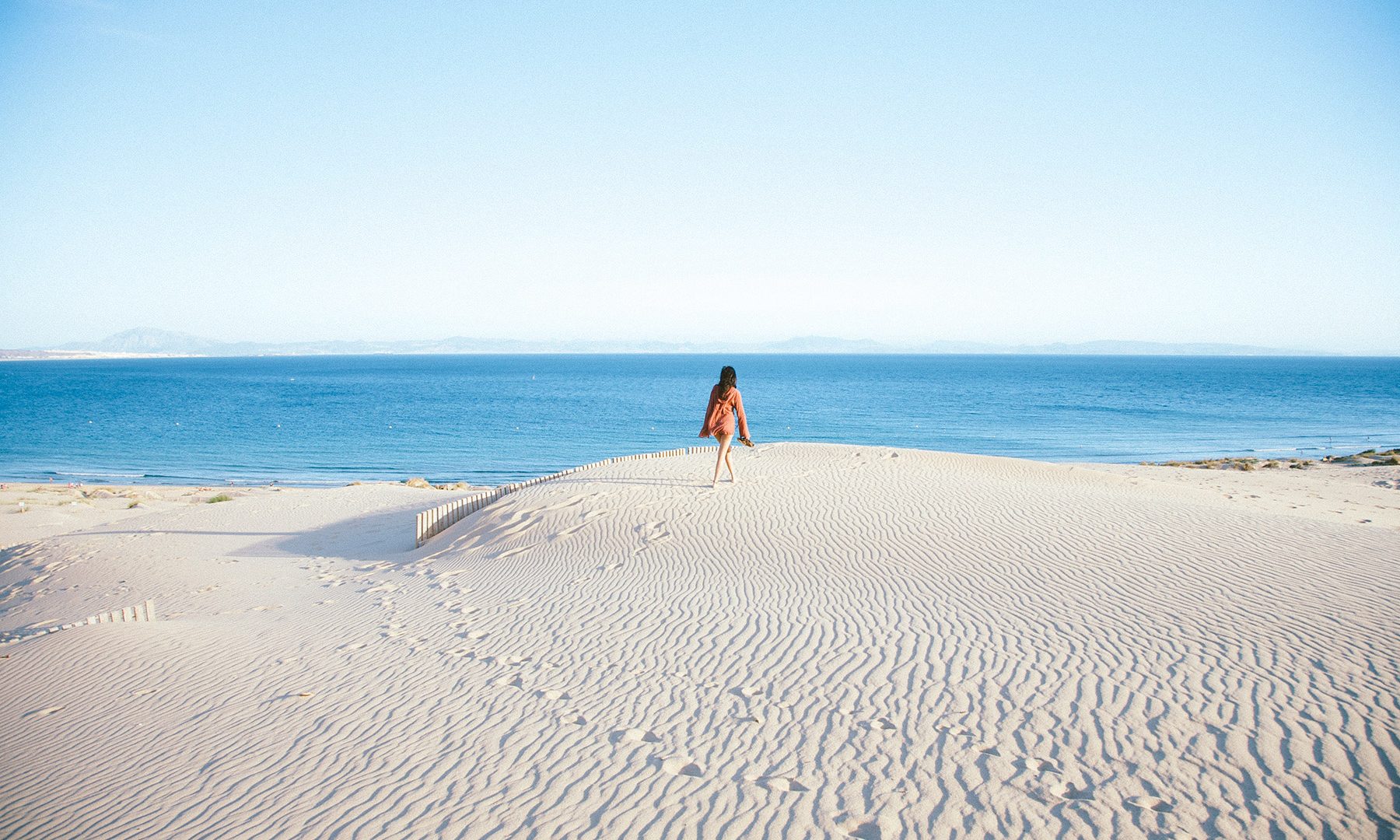Creating ever more innovative and sustainable housing solutions is one of the fundamental challenges of our time. In the last decades, a new environmental sensitivity has permeated many sectors, influencing and sensitizing our lifestyle, way of doing business, of conceiving spaces, and, obviously, of thinking architecture.
A new environmental awareness has been transferred to all those who are a part of a cycle that is responsible for establishing a relationship between the environment, a building and those who inhabit it, with the aim of guaranteeing human well-being and progressively eliminating environmental impact.
The Spanish architect Luis Garrido defined true sustainable architecture as “one that satisfies the needs of its occupants, at any time and place, without jeopardizing the well-being and development of future generations.” Favoring sustainability implies that many of the players in the field of architecture are aligned and aware. Architects, suppliers, artisans, engineers, governments, business managers all contribute to the great transformation of our model towards a deeply sustainable and innovative one. Cities emerge as players in the great transformation of our model. The most enlightened councils recognize these new practices and are taking steps towards the creation of spaces designed to meet this balance.
Tarifa, in Andalusia, is moving in this direction. The public-private initiative to rearrange the Albacerrado hills is a brilliant example. The ambitious project seeks to create a new residential model: open, ecological, strategic, sustainable, socially useful. Designed as a great meeting place between the present and the past, the Tarifa project embodies a new concept of urbanization fully integrated with the landscape and its characteristics.
The whole residential area is shaped using materials that come from the reuse of waste of ceramics from local brick factories, as well as implying prefabricated elements for façades reducing drastically the quantity of cement used, and counting on textile sun shadings all over the installation. But we learnt that in our days that a truly effective sustainability is not bound exclusively to the use of ecological materials and renewable energy but has a way wider scope.
Promoted by the Tarifa city council and Metrovacesa, the project stems from a contemporary sustainable awareness and the intention behind it is to achieve ecological sustainability in this unique natural area and make for an economic and social viability of the touristic activity. In the long term. The project will unseasonalise the current tourist offer, generating equipment and services that allow its occupation throughout the year, as well as maintaining local employment on a permanent basis, always with health, sport, nature and the landscape as shared values.
The intention behind the Tarifa project is to achieve ecological sustainability and make for an economic and social viability of the touristic activity. In the long term.
